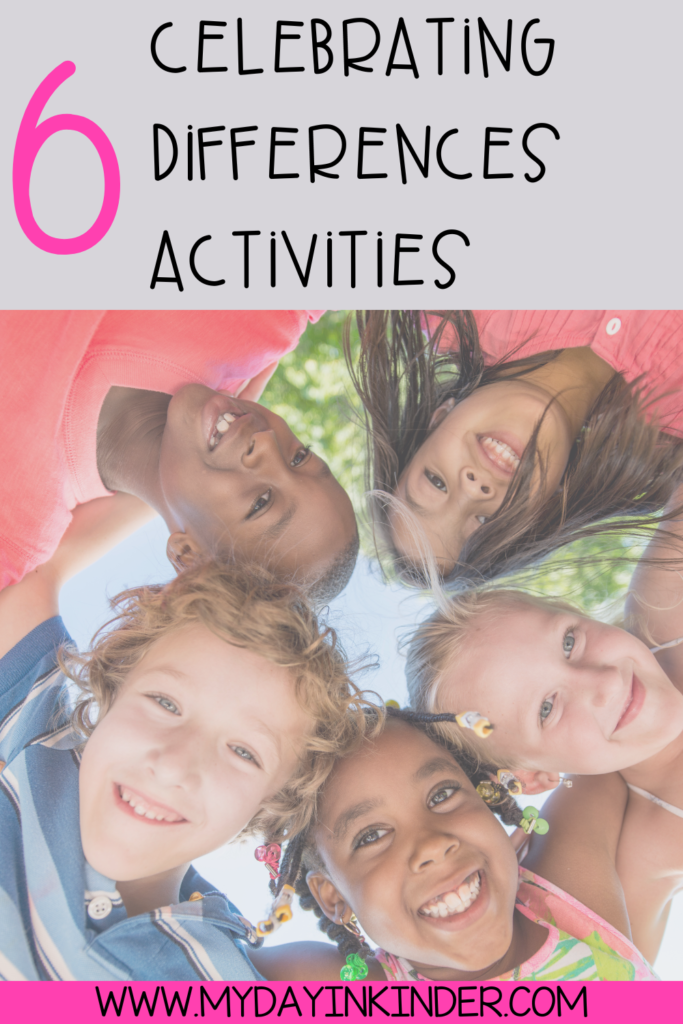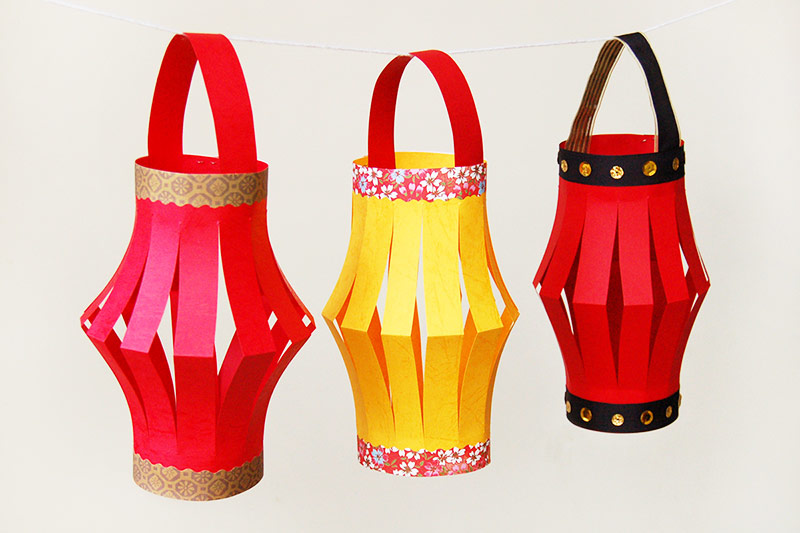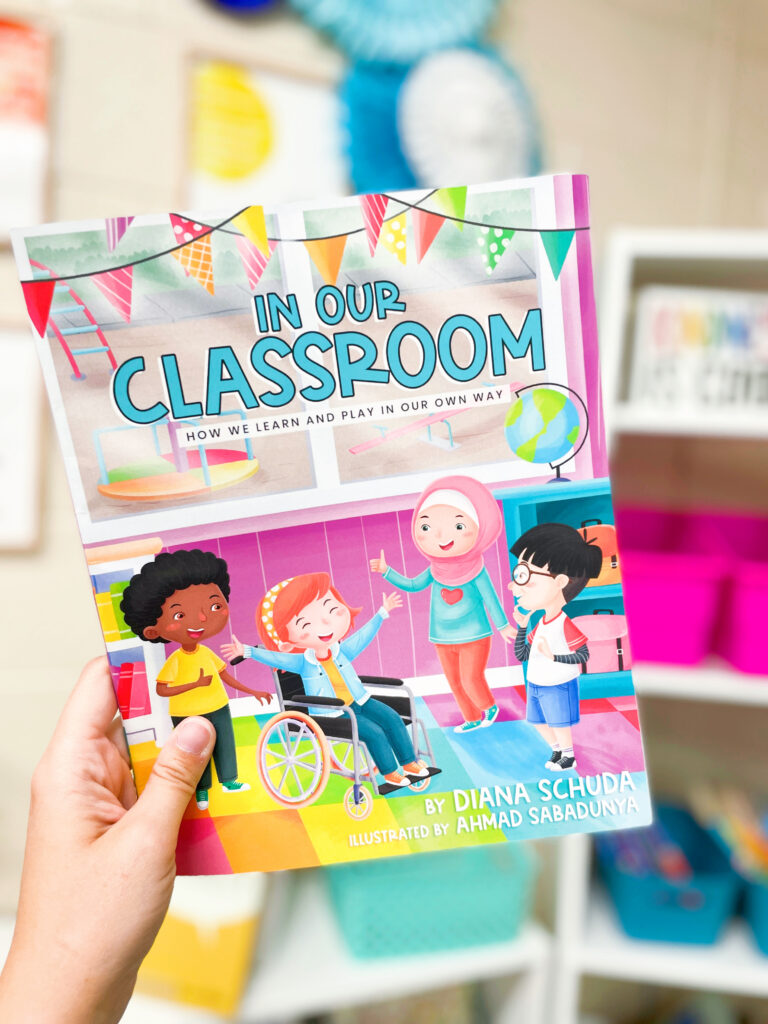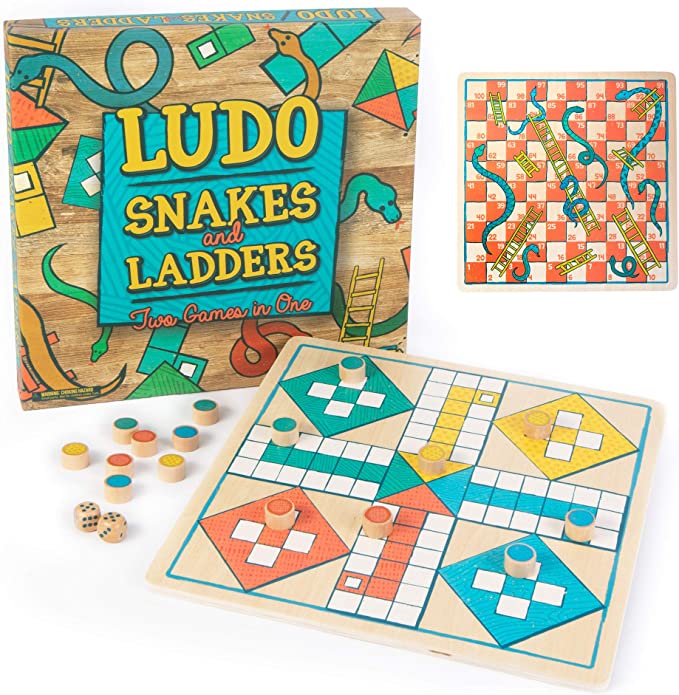6 Engaging Activities For Celebrating Differences In The Classroom
You and I have been doing this long enough that we know it doesn’t take an expert to notice each of our students is unique. A classroom is pretty much a cultural melting pot. Our students come from diverse backgrounds, including their cultures, ethnicities, religions, languages, and economic statuses. Even down at the kindergarten level, we have students with opinions on music, culture, fashion trends, etc. YES! Middle school teachers. Primary teachers deal with some of this too. 😉😉As a teacher, we need to be celebrating differences in our classroom, and there are many ways to do so.
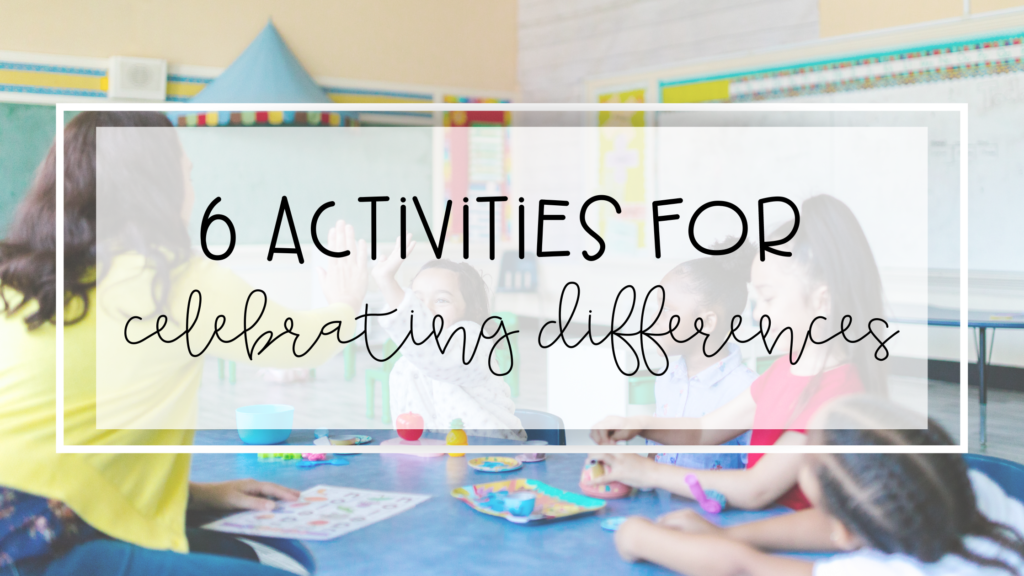
Benefits Of Celebrating Differences
Bringing diverse activities into the classroom has so many benefits. The more students learn and know about other cultures and people, the better their understanding of the world. Here are just a couple of benefits.
Academic
Learning and celebrating differences in the classroom helps students develop critical thinking and problem-solving skills. Since you introduce them to different perspectives and new ideas, students will evaluate their views (even in kindergarten). They will not only learn the differences between each of their classmates but also find things they have in common.
Social
When it comes to the social benefits of celebrating differences, students become more empathetic when they are regularly around a variety of cultures. They are less likely to develop biases and prejudices against other races, cultures, and people. They also are more open to new thoughts, ideas, and opinions as they grow older.
When planning and implementing activities that promote diversity, you are helping students to develop leadership skills and to become more self-confident. You are always allowing them to develop relationships with peers who may look, think, speak, and act differently than them.
6 Celebrating Differences Activities
Primary students are like sponges. They want to gather as much information about the world around them as they can. This should include celebrating what makes children unique and the diversity they will see worldwide.
I’ve always been looking for ways to diversify my classroom. Whether I tried to pick a book for read-aloud, which was set in a middle eastern country or where the character was in a wheelchair, books are not the only places students should see and learn about diversity. You can bring many activities into your classroom to help students learn more.
Activity #1: Holiday Celebrations
Celebrations are always a good time in the kindergarten classroom, and it’s a great idea to add celebrations from around the world to your school year. It’s even better if you have students who celebrate these holidays right in your classroom!
Some simple activities you can do when celebrating differences through holidays are:
- A relevant craft (Chinese lanterns, diyas, poinsettias, etc.)
- A special treat from the culture (sugar skulls, latkes, etc.)
- Read a book associated with the holiday (non-fiction or fiction)
You could also explore how different cultures celebrate the same holiday. However, I always feel like it’s important to show students, especially our youngest learners, that there is more than just Christmas!
Activity #2: Music and Art
If your students go to special area classes, this may be the perfect opportunity to bring in your special area teachers to help! I love planning fun projects with my art teacher and seeing students make the connections between classrooms!
Your music teacher can talk about genres of music, singers, composers, and musicians from different cultures. Let students listen to music from other countries and look at the instruments.
Have your art teacher discuss different artists, art forms, and styles from worldwide cultures. Students can create a piece of art based on their learning and understanding of the culture.
Activity #3: Multicultural Library
This may be one of my favorite ways to help my students understand diversity and celebrate it! Build a classroom library with books on different cultures, languages, and representations of all walks of life. Include some age-appropriate biographies about people from different cultures. You might include people like Muther Luther King Jr., Gandhi, or Malala.
Use books like In Our Classroom to help students understand how a classroom community works and why they need to be respectful of all students. No matter how different they may be.
Activity #4: Living Museum
Work with your students and study some famous people from around the world. Plan a living museum where students dress up as one of those famous people and share some of the information they learned. Creating a living museum is a great opportunity to invite parents into your classroom and see some of the work students do!
Activity #5: Games
It’s always fun to add some games during your studies. There are so many games from around the world that students can learn how to play. Tangrams, ludo, and mancala are popular in other countries. Your students can learn and play many outdoor games during free time or recess!
Activity #6: Pen Pals
Imagine the excitement of receiving a letter from someone halfway around the world. Many programs will set your students up with pen pals from other countries. You could see if you have students with family in different places and see if you can use them as pen pals. It’s a great project-based learning opportunity and allows students to learn more about other countries, schools, cultures, etc.
Celebrating Differences In The Classroom
We can celebrate our differences in the classroom, where students are from diverse backgrounds; however, if you have a classroom where most students are of the same nationality, background, etc. You may think these types of activities are just not going to work. But, sometimes, those classrooms are the ones that need these activities the most. We hope our students will grow up and explore the world, see new places, and experience different cultures. When we celebrate our differences with kids at young ages, we are setting them up to become accepting, empathetic, and caring adults.
